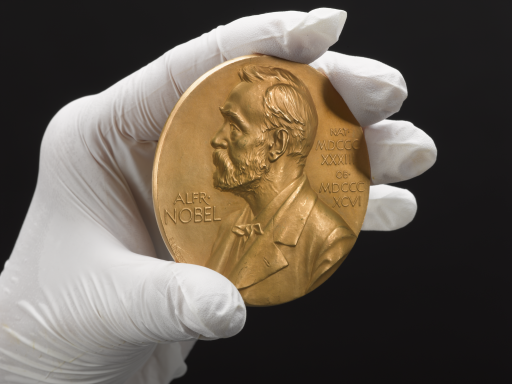
In the run up to the opening of our Medicine Galleries later this year, Roger Highfield reports on an unlikely story of how a road rage attack provided the secret of scientific success, leading to a Nobel Prize.

In the run up to the opening of our Medicine Galleries later this year, Roger Highfield reports on an unlikely story of how a road rage attack provided the secret of scientific success, leading to a Nobel Prize.
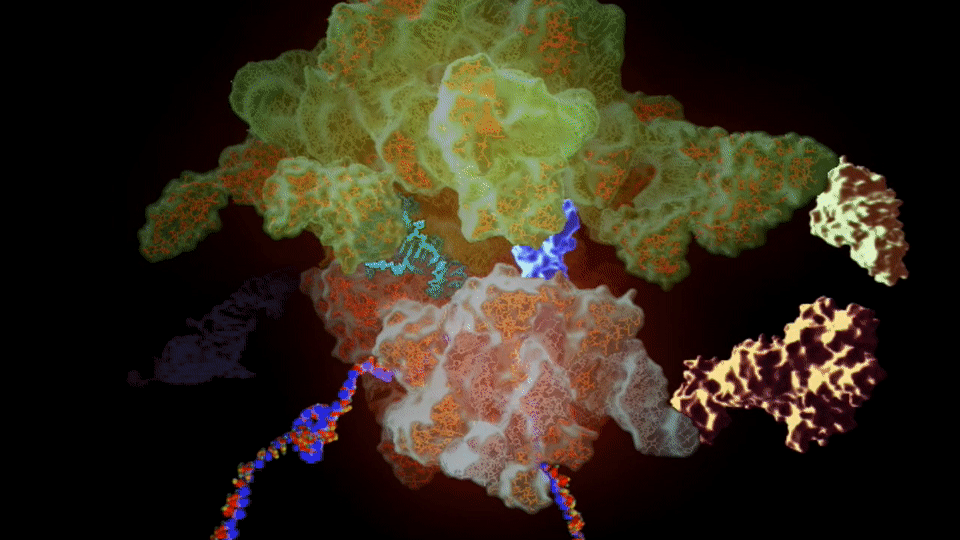
Roger Highfield, Director of External Affairs, discusses Venki Ramakrishnan’s critically-acclaimed book, Gene Machine: the Race to Decipher the Secrets of the Ribosome.
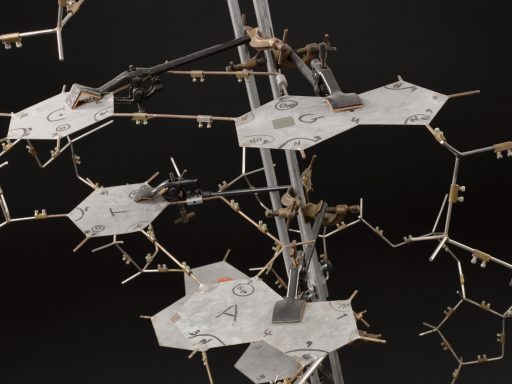
To celebrate 65 years since the discovery of the structure of DNA, Jim Watson visited the Science Museum to discuss this milestone in modern science.

At a Hay Festival event sponsored by the Royal Society, Director of External Affairs Roger Highfield interviewed Andre Geim, the Nobel prize winner best known for his work on graphene, the subject of an exhibition that will open next year at the Museum of Science & Industry, Manchester.
Content Developer Rupert Cole explores the most famous science prize of all, and some of its remarkable winners. Today, science’s most prestigious and famous accolades will be awarded in Stockholm: the Nobel Prize. Before we raise a toast to this years’ winners in physics, Peter Higgs and Belgian François Englert, let’s take a look back at the man behind the Prize, and some of its winners. Alfred Nobel A Swedish explosives pioneer who made his millions from inventing dynamite, Alfred […]
Could the Higgs be the end of particle physics? We’re still a long way from answering one of the biggest questions of all, says Dr Harry Cliff, Head of Content on our Collider exhibition.
Roger Highfield, Director of External Affairs at the Science Museum celebrates the 2013 Nobel Prize for Physics ahead of the opening of our Collider exhibition next month.
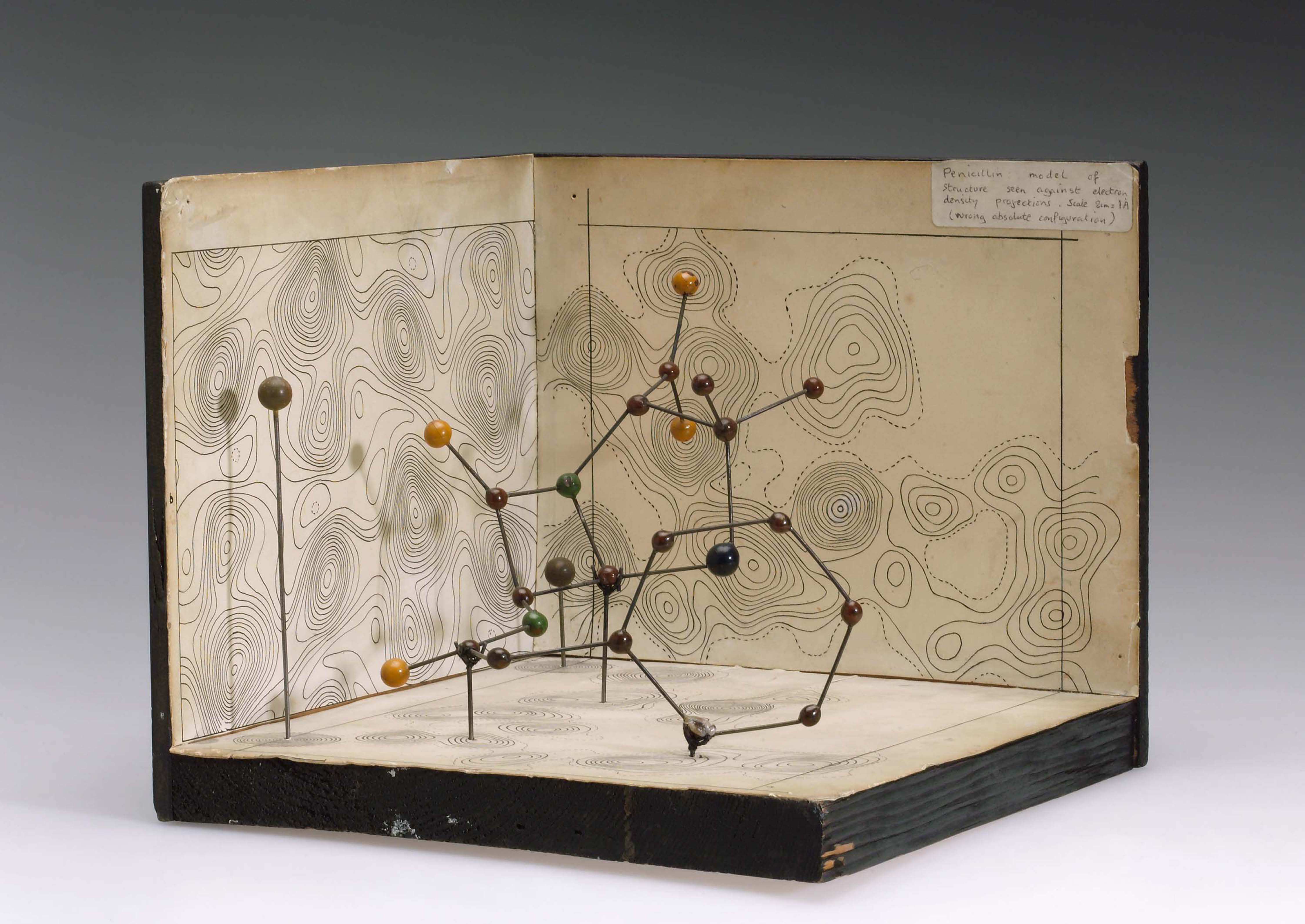
The things and objects of history are important because they provide a tangible connection to the past. Seeing, or better yet holding and touching, the stuff that generations now dead made and worked with enlivens history, shucking us from the present and its endless clamour for our attention. The Hidden Structures exhibition at the Science Museum trips us into the history of X-ray crystallography with a small but intriguing display of objects from the 1940s through to the 1970s. The […]
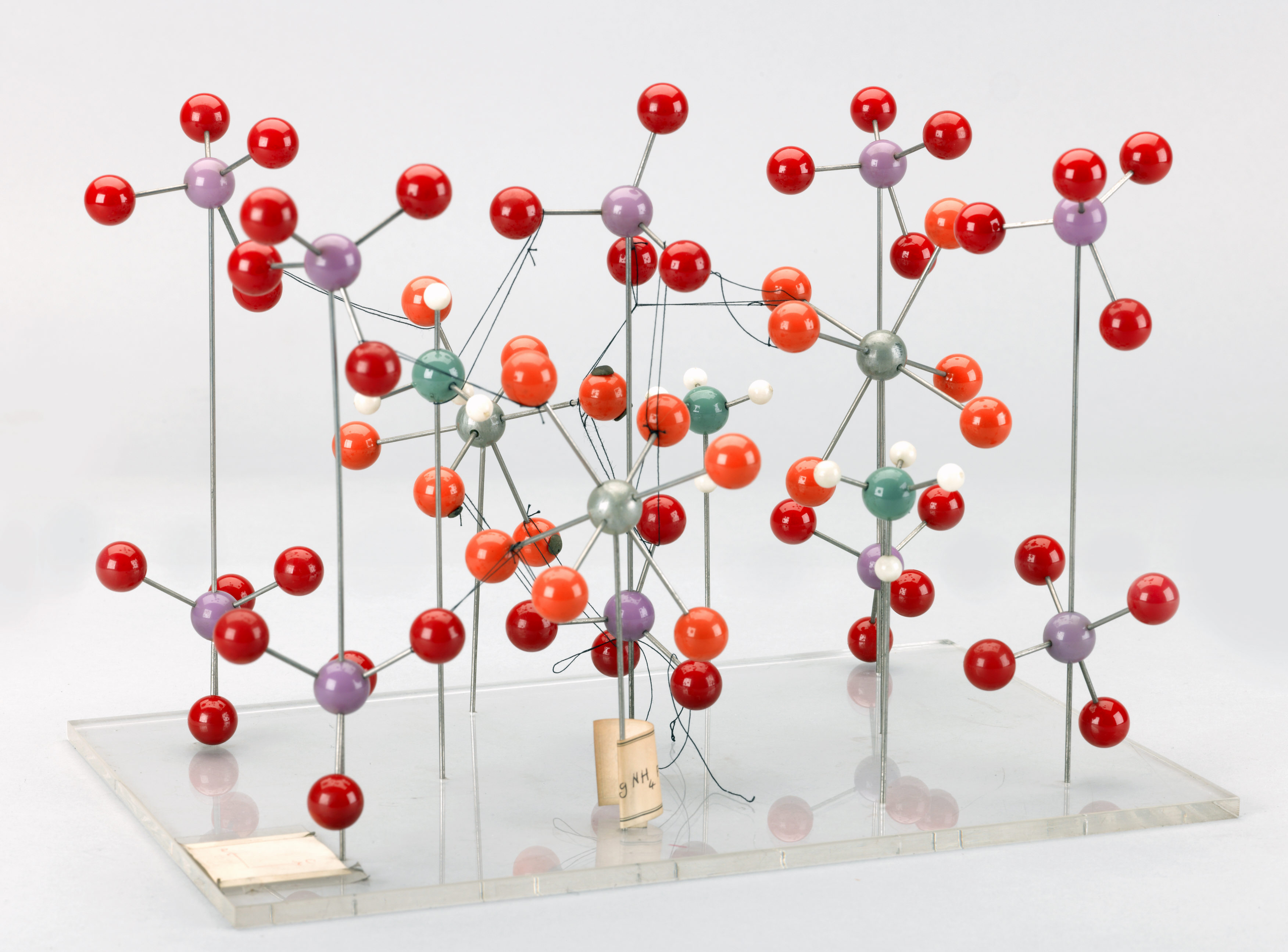
To celebrate the centenary of X-ray crystallography, the Science Museum has just opened Hidden Structures, a new display of molecular models made using the technique writes Boris Jardine